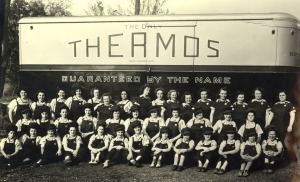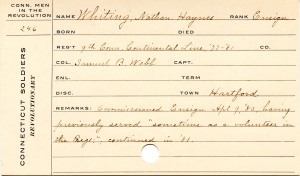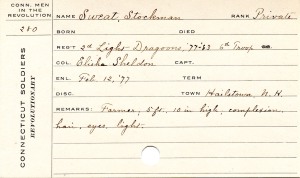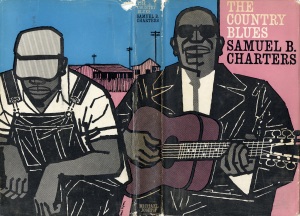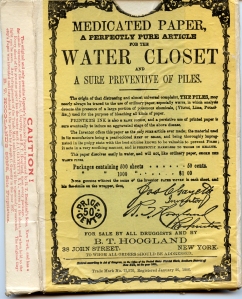TV interviews by Billie Levy featuring authors, illustrators, editors, collectors and curators in the field of children’s literature are now available via the Libraries’ video streaming service. The interviews are from the “Children’s Books: Their Creators and Collectors” series filmed at WHC-TV. Go to http://www.lib.uconn.edu/services/video/streams.php and scroll down, or go directly to the web page at http://www.lib.uconn.edu/services/video/levy.php. New interviews will be added as they are completed at the television station. Miss Billie, as she is known here in the Dodd Center, is one of the founders of the Northeast Children’s Literature Collection and has donated thousands of books, posters, greeting cards, and ephemera over the years the NCLC has enjoyed her support.
This project was made possible by the generosity of Susan Aller of West Hartford in honor of Miss Billie, with support from West Hartford Community Television. Ms. Aller is the author of more than a dozen biographies for young people, including the stories of J. M. Barrie, Florence Nightingale, George Eastman, Louisa May Alcott, and Mary Jemison. She has worked as a magazine editor in New York City, and her essays on a variety of topics have appeared in The New York Times, Christian Science Monitor, and other publications. Ms. Aller is a graduate of the University of Nebraska at Omaha, and lived for extended periods in Spain and France, before coming to Connecticut in 1979. As a collector of antique children’s books, she has been an active supporter of the Northeast Children’s Literature Collection and the Billie M. Levy Travel and Research Grants endowment fund. Ms. Aller participates weekly in a long-standing writers’ group and is a member of the Saturday Morning Club of Hartford, a women’s writing group founded in 1876. The NCLC is grateful for the support from Ms. Aller and West Hartford Community Television. Thanks go especially to Nicholas Eshelman for all the tech work that made this project possible, and also to Miss Billie for her help in tracking down some of the interviews for digitization and for supplying recent interviews for inclusion in the project.
Terri J. Goldich, Curator

